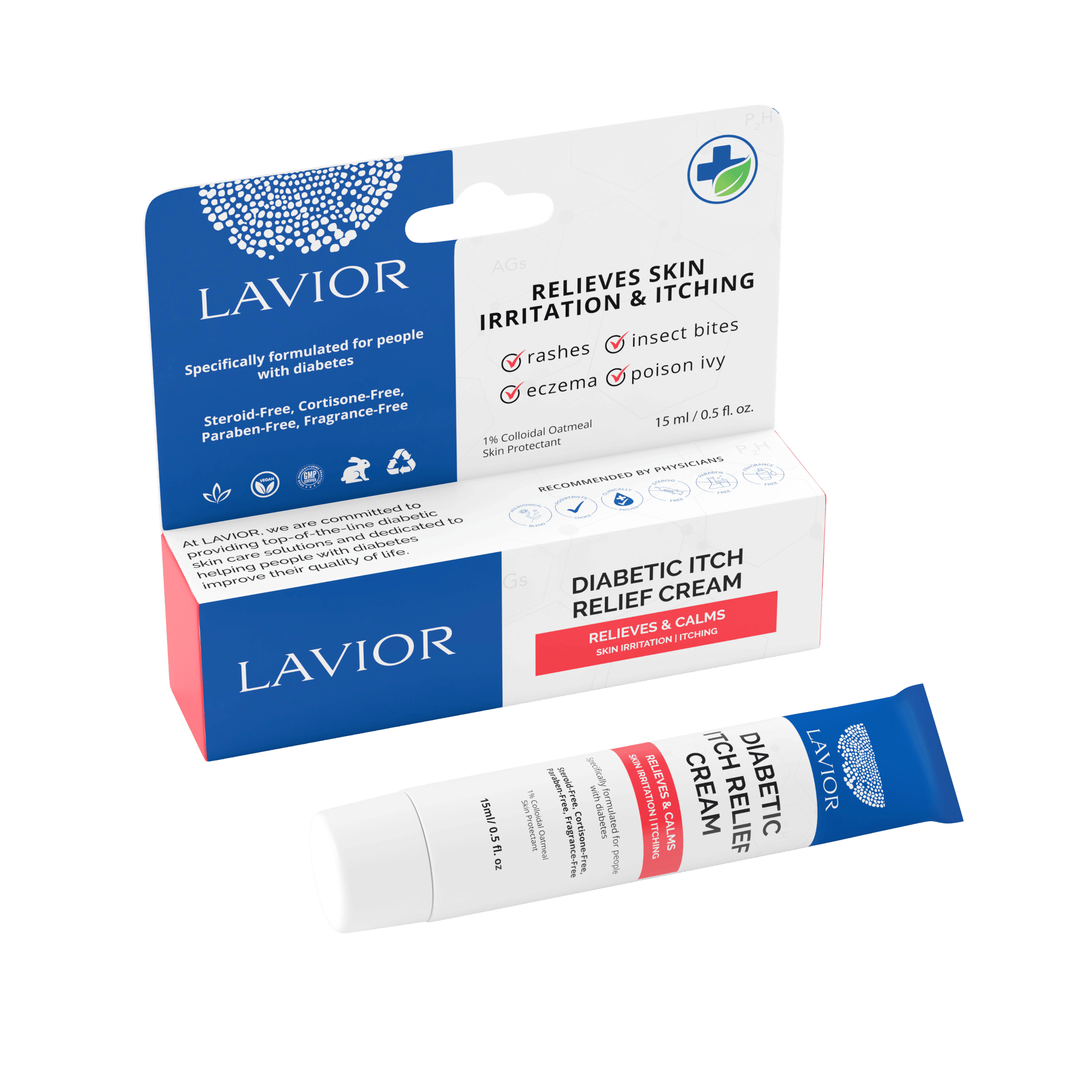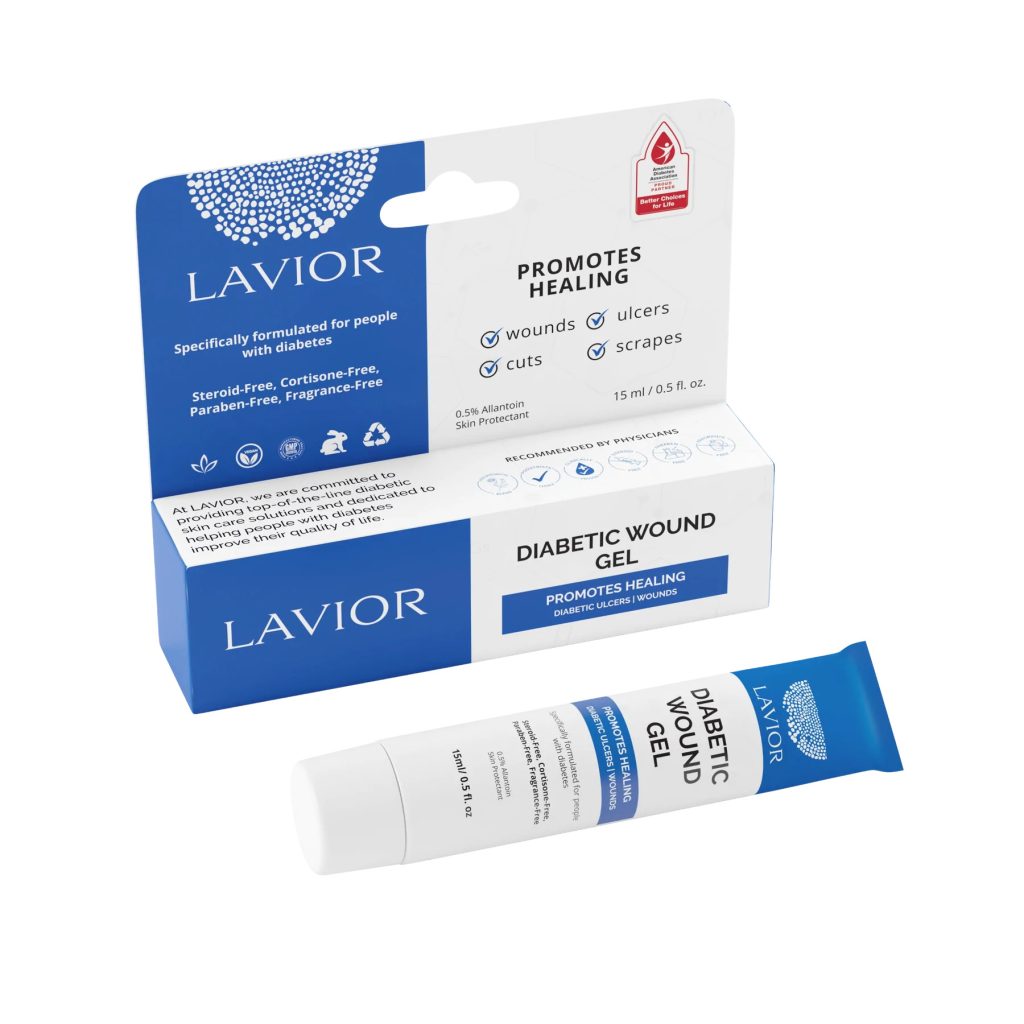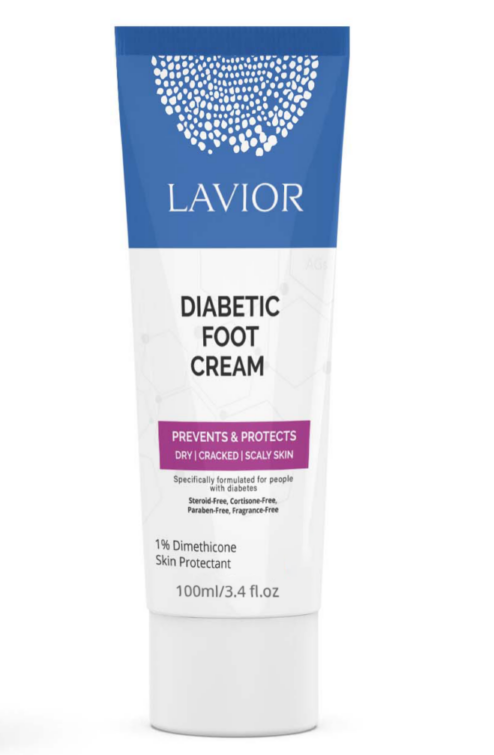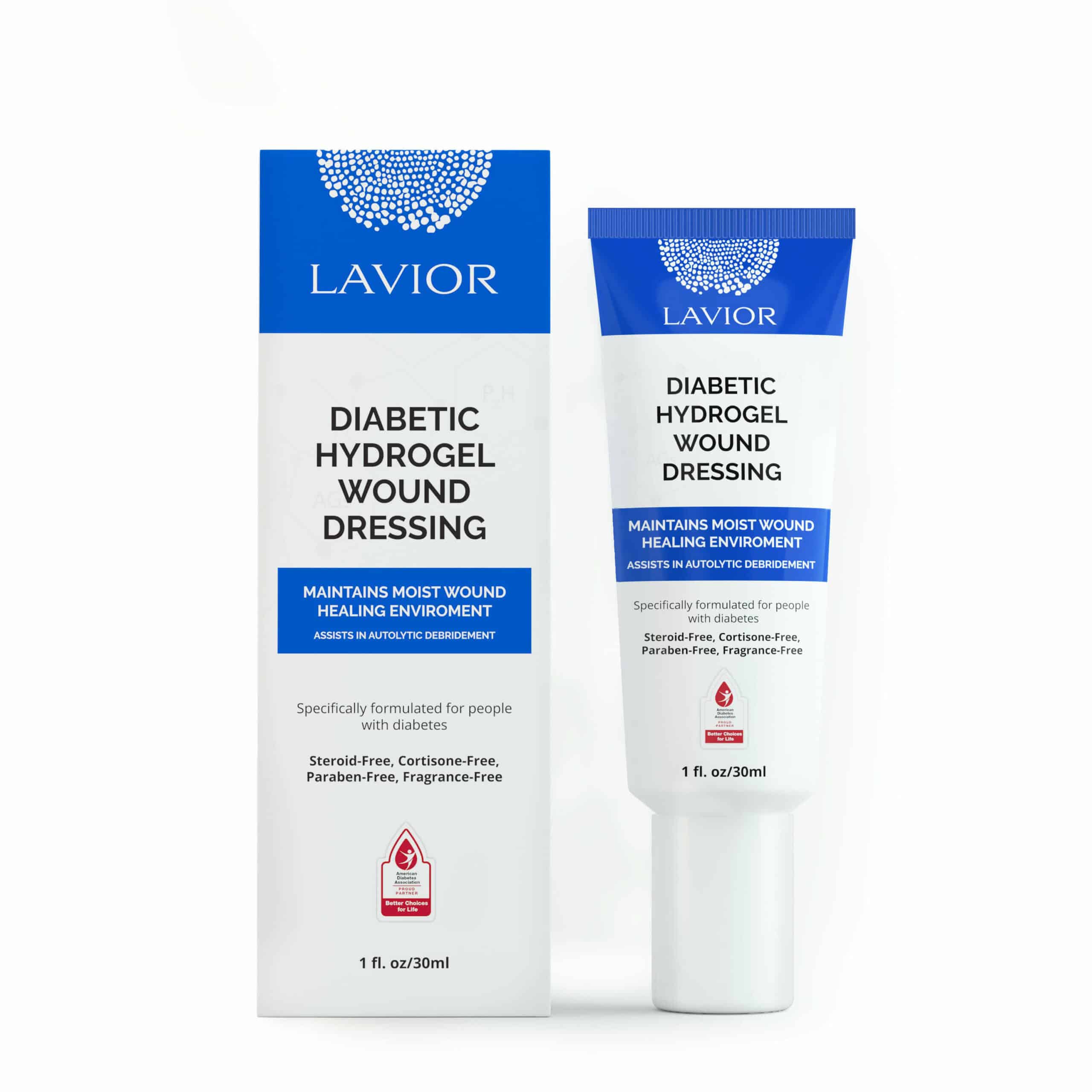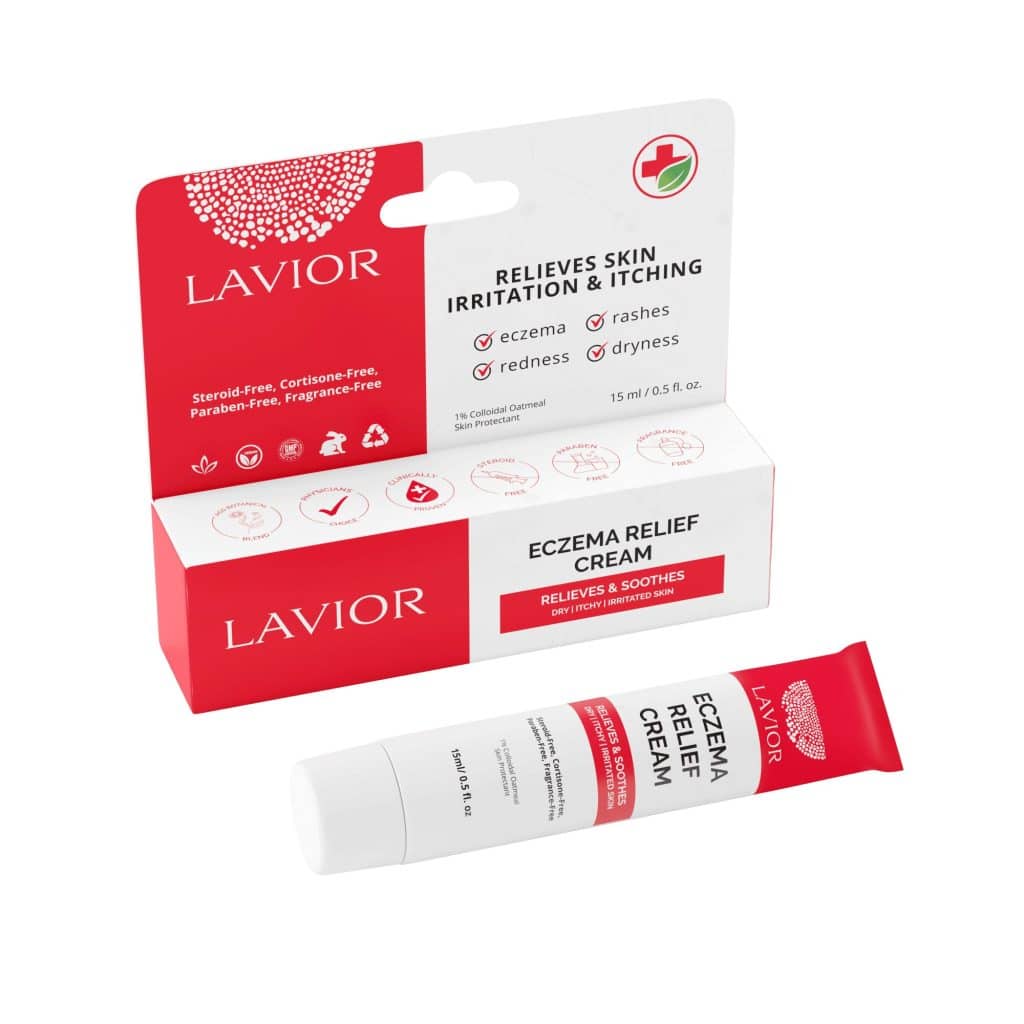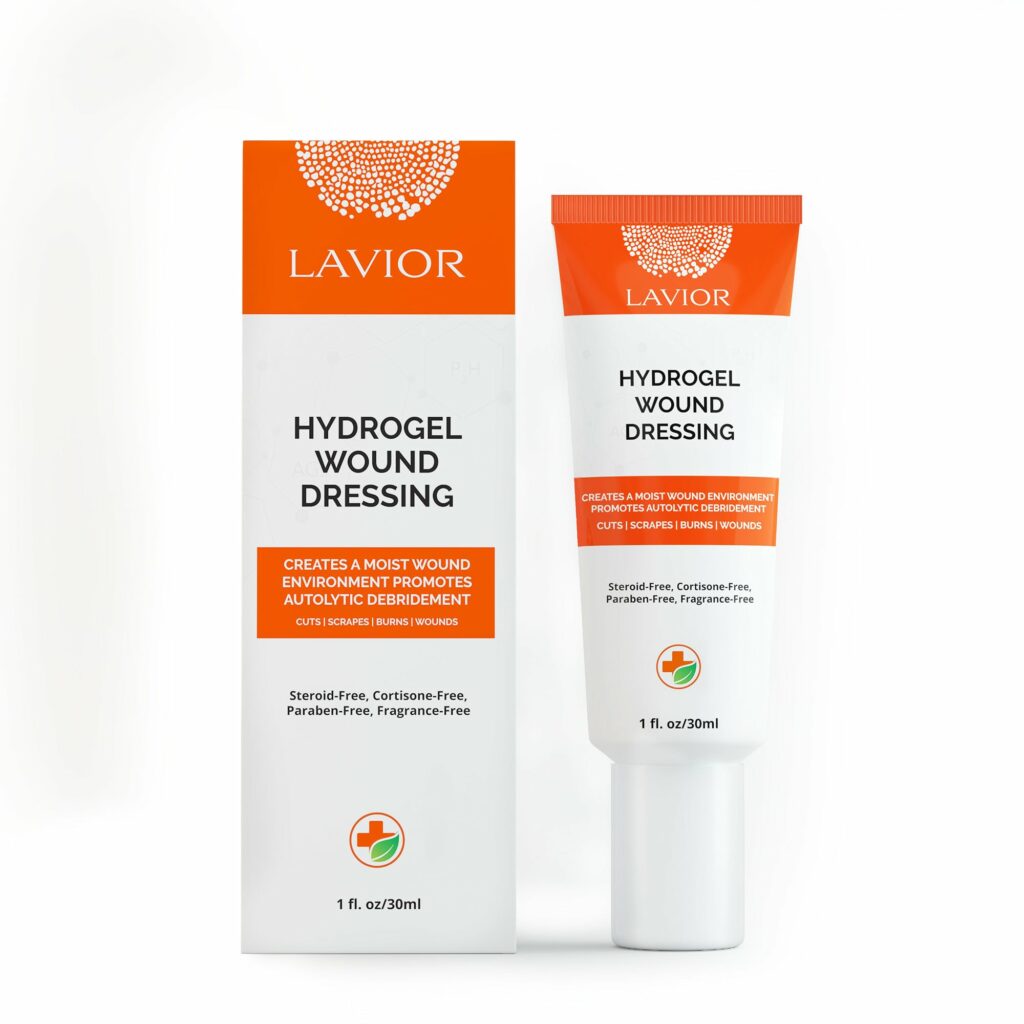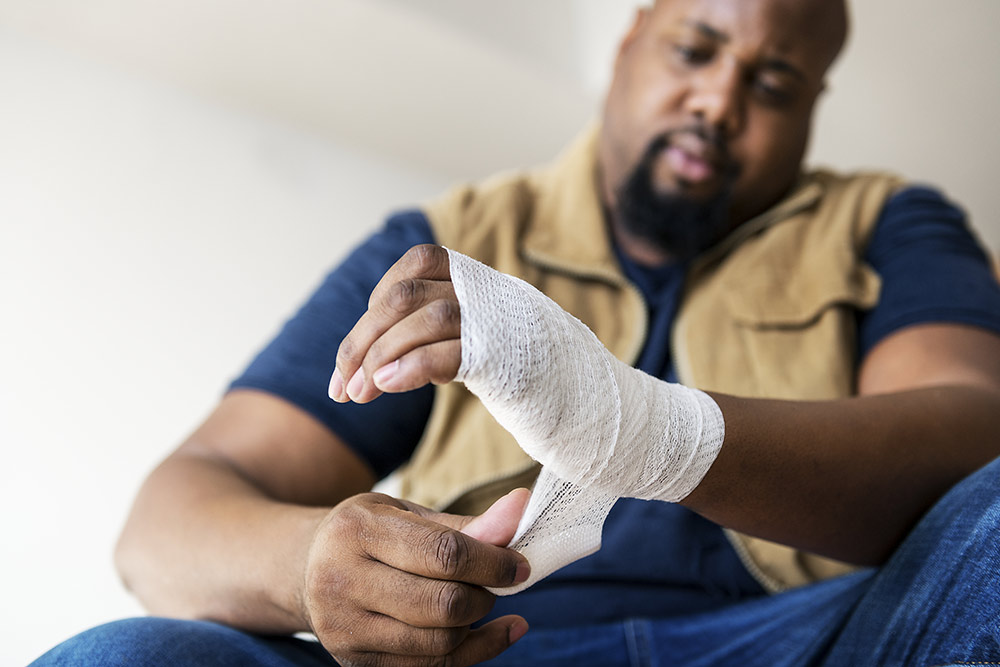Recovering from Diabetic Wounds
Diabetic wound recovery is integral knowledge for individuals living with diabetes. Unlike ordinary cuts and scrapes, these wounds struggle to heal due to the intricate complications diabetes inflicts on the body. Reduced blood circulation and impaired nerve function, both consequences of high blood sugar levels, create fertile ground for wounds to fester and potentially lead to serious health issues.
Understanding the Landscape: Importance of Diabetic Wound Recovery
Understanding the root cause of diabetic wounds is the first step toward preventing and promoting healing. Diabetes disrupts the body’s ability to utilize insulin, a crucial hormone that converts sugar into energy.
This leads to elevated blood sugar levels, which, over time, damage blood vessels and nerves, particularly in the vulnerable feet. This creates a perfect storm for wounds to develop, as reduced blood flow hinders the healing process, and impaired sensation makes it difficult to notice injuries early.
The Key to Recovery: Maintaining Healthy Blood Sugar Levels

The path to healing begins with maintaining healthy blood sugar levels.
Embracing a balanced and nutritious diet, integrating regular exercise into your routine, and adhering to prescribed medications work together to keep blood sugar within a healthy range. This prevents new wounds from forming and empowers existing wounds to heal faster.
The Healing Journey: Essential Diabetic Wound Recovery Treatments
Once a diabetic wound arises, proper care becomes crucial to prevent further complications. Here are some key strategies:
Gentle Cleansing and Dressings:
Clean the wound gently with mild soap and warm water, followed by thorough rinsing and drying at least once daily.
Harsh chemicals and irritants are best avoided, as they can further damage the delicate tissue. Next, protect the wound from bacteria and debris with a sterile bandage. Change dressings regularly, ensuring optimal hygiene. Use moist-environment dressings to promote faster healing.
Pressure Offloading: A Crucial Step
Avoid putting pressure on the affected area. Special shoes or casts can be employed to achieve this. Elevating the wound above your heart using pillows or cushions can enhance healing by promoting better blood flow.
Medication and Advanced Treatment Options
Depending on the severity of the wound, your healthcare professional may recommend medications such as antibiotics for infections or pain relievers for discomfort. In some cases, advanced treatment options like debridement (removal of dead tissue) or hyperbaric oxygen therapy may be necessary.
The Power of Innovation: Introducing Diabetic Wound Gel
Diabetic Wound Gel is a unique and effective tool for diabetic wound treatment. Its carefully formulated ingredients, including natural extracts and moisturizing agents, create a moist wound environment conducive to healing. This not only helps to reduce pain and discomfort but also promotes faster healing and improved overall comfort.
Monitoring and Early Intervention: Your Role in Recovery
Closely monitoring your wound for any signs of infection, such as redness, swelling, warmth, increased pain, pus, or foul odor, is crucial. If you notice these symptoms, seek prompt medical attention to prevent further harm. Regular foot examinations by a healthcare professional are also invaluable for early detection of potential wounds and timely intervention.
Prevention is Key: Protecting Your Feet
Remember, prevention is always the best medicine. Daily foot inspections, meticulous washing and drying, properly fitting shoes, and avoiding barefoot walks, especially in extreme temperatures, are simple yet effective steps in preventing diabetic wounds. Maintaining healthy blood sugar levels through diet, exercise, and medication adherence is pivotal in keeping your feet healthy and happy.
Conclusion: Embracing a Fulfilling Life
By maintaining healthy blood sugar levels, practicing proper wound care, and embracing a healthy lifestyle, individuals with diabetes can confidently navigate the path to recovery and live a fulfilling life.
Early detection, proactive care, and a commitment to healthy living are your allies in the fight against diabetic wounds. Remember, you are not alone in this journey. Explore Lavior’s website for further information on diabetic wound treatment and Diabetic Wound Gel to empower yourself on your path to healing.



